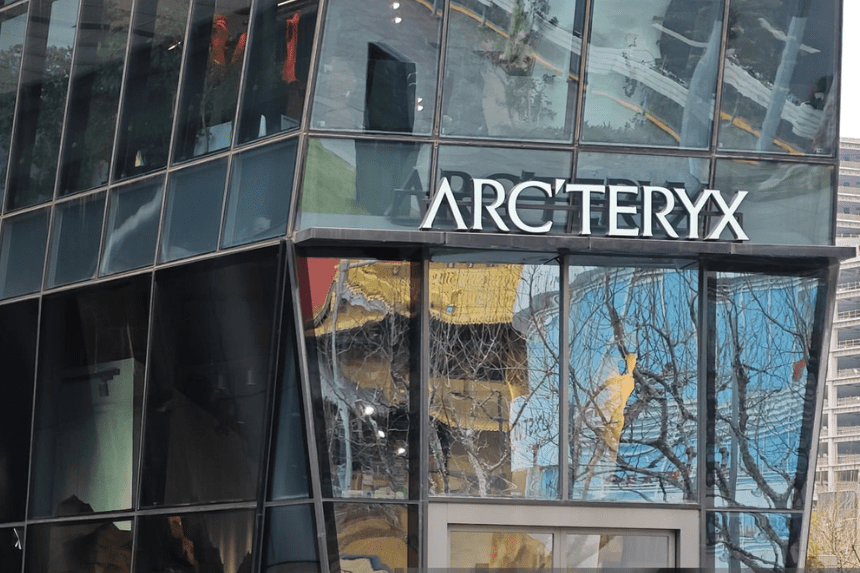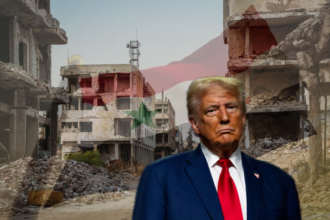Recently, the performance of fireworks by the outdoor brand Arctarex in Tibet has triggered widespread criticism and an official investigation. The high-altitude event directed by the Chinese artist Ka Guo, Kreing, was part of a campaign, but quickly attracted backlash for its environmental impact. Organized in Shift, an entrance to the Himalayas, the performance of the performance, protesters, environmentalists, and even the loyal customers of the brand.
Critics say that the incident is contradictory to the image of stability, Arc’Teryx promotes. In response, both the company and the artist released a public apology. Local authorities in Tibet have also opened an official investigation into the ecological influence of the incident.
What Was the Fireworks Event About?
The display, titled Ascending Dragon, featured colorful fireworks launched across the foothills of Tibet at over 5,000 meters above sea level. Arc’teryx claimed that biodegradable materials were used and that the aim was to highlight mountain culture. The brand emphasized that safety procedures were followed, and no wildlife was harmed.
However, despite these claims, many environmental experts questioned the real impact on the region’s delicate ecosystem. The Qinghai‑Tibet Plateau is a sensitive zone where recovery from ecological disturbances can take decades. Here is the link to our article on the Environmental Dump Scandal.
Why Did This Cause Public Outrage?
The backlash stemmed largely from the contradiction between Arc’teryx’s eco-conscious branding and this high-impact promotional stunt. Consumers and environmental advocates were quick to point out that such a display—especially in a region known for its fragile environment and sacred cultural significance—was irresponsible.
Social media users called the event tone-deaf and hypocritical. Many questioned how such a campaign could receive approval, suggesting deeper issues around corporate accountability and local governance.
What Is the Environmental Concern?
Experts have flagged several potential ecological harms from the Arc’teryx Tibet fireworks display. These include disruption to local wildlife due to noise and light, damage to high-altitude vegetation, and possible soil contamination from chemical residues.
Although organizers said the materials were biodegradable, scientists argue that decomposition is far slower at such altitudes. Even minimal interference can take decades to repair in fragile mountain ecosystems. Concerns are also growing about the event’s effect on sacred lands and biodiversity hotspots. Here is the link to our article on Wildfire Risk Rises.
How Did Arc’teryx and the Artist Respond?
Arc’teryx issued a formal apology, stating the display was not aligned with its values. The company announced plans to work with external environmental agencies to assess and mitigate any harm caused. It is also committed to improving its future vetting of such events.
Artist Cai Guo‑Qiang, known for his pyrotechnic art, including the 2008 Beijing Olympics fireworks, also apologized. He pledged to collaborate with authorities to support ecological restoration in the region.
What Actions Are Officials Taking?
The Shigatse local government has launched an environmental investigation. A specialized team is assessing whether the fireworks display violated regulations or caused long-term damage. Based on their findings, corrective measures—including potential penalties—may be implemented.
In parallel, Arc’teryx has committed to transparency by inviting third-party organizations to conduct independent evaluations. Public pressure continues to build, with many urging both the company and local authorities to disclose results and take meaningful action.
Is There Evidence of Broader Impact?
While the visual impact was immediately apparent, long-term consequences are still being evaluated. Experts suggest that even low-noise, controlled fireworks can create micro-level disruptions in regions where the natural environment is slow to regenerate.
Additionally, public trust in corporate sustainability efforts has taken a hit. Consumers now expect stronger due diligence from companies operating in ecologically sensitive areas.
Final Thoughts
The incident of Arc’arex Tibet fireworks acts as a Stark Reminder that branding should align with real-world actions. In environment such as Tibetan plateau – where ecosystems are delicate and sacred – corporate campaigns should be handled with excessive care. Moving forward, transparency, accountability, and real environmental responsibility will be important if the architect expects to maintain credibility in global markets.








